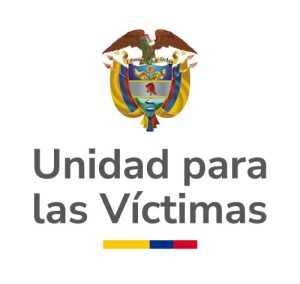 The term “people” refers to social groups that, even if in the majority of the cases consider themselves as part of a nation, they don’t see a homogeneous national identity but a diverse one, in which differentiated identities build and feel differently about their national belonging. The characteristics for the identification of the indigenous people in Colombia are:
The term “people” refers to social groups that, even if in the majority of the cases consider themselves as part of a nation, they don’t see a homogeneous national identity but a diverse one, in which differentiated identities build and feel differently about their national belonging. The characteristics for the identification of the indigenous people in Colombia are: 
